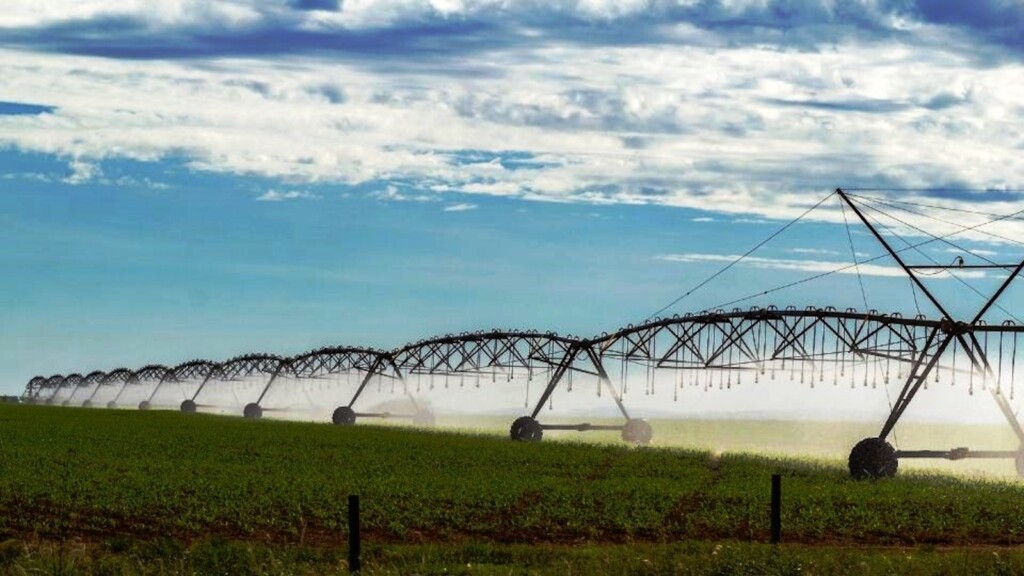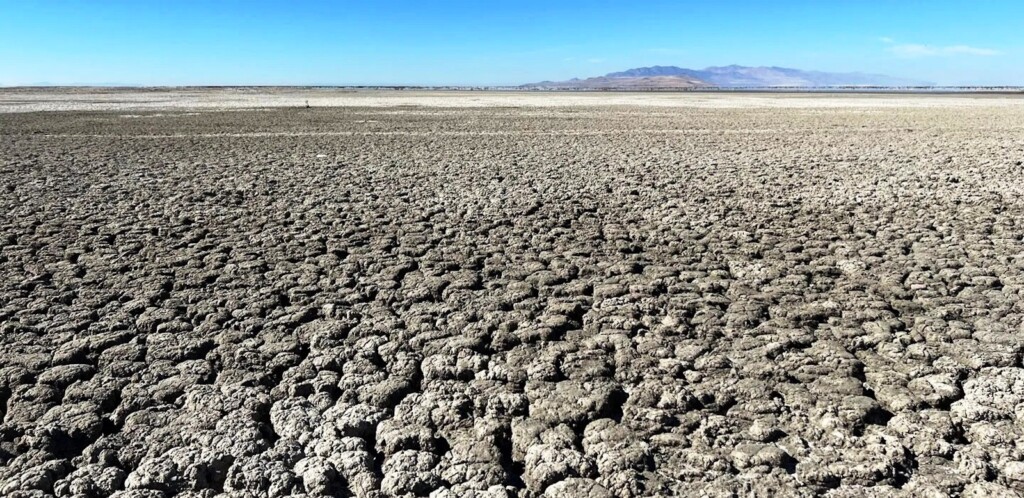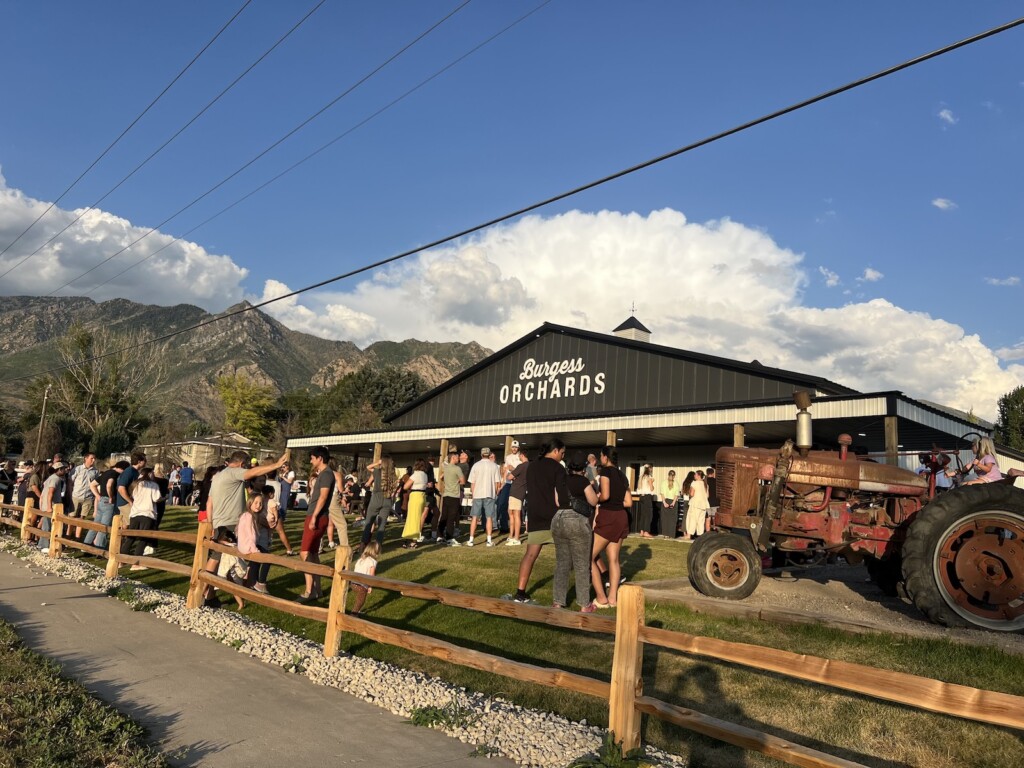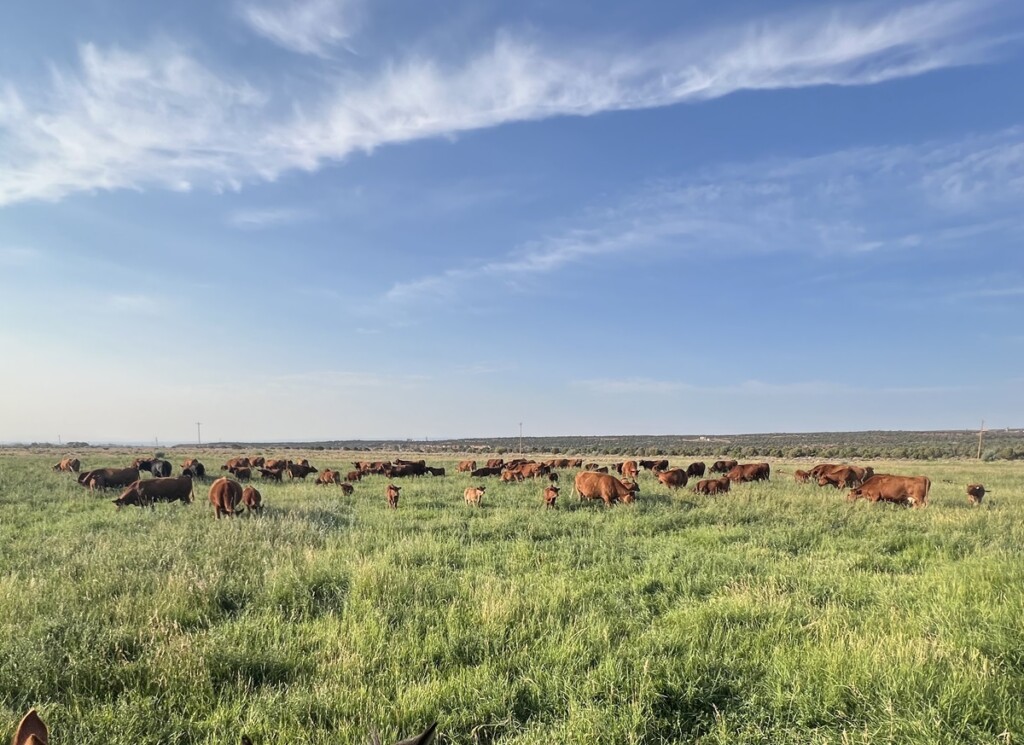The Conspiracy Behind Utah’s Water Management
Zach Frankel is the executive director of the Utah Rivers Council, an organization dedicated to the preservation of Utah’s rivers and waterways. In a November 2023 interview with Joey Santore, host of the podcast Crime Pays but Botany Doesn’t, Frankel outlined the conspiratorial nature of Utah water managers and their high-paid propagandist lobbyists on Capitol Hill to subsidize and sell Utah’s vital water resources for a mere fraction of their value, and to convince legislators that “any water that reaches the Great Salt Lake is wasted water.” This has led to the diversion of crucial water that was once used mostly for agriculture now being frivolously sprinkled on the insatiably thirsty and ever-expanding suburban lawns of Wasatch Front homes and businesses.
Despite being the second driest state in the nation, Utah wastes more water than any other state, with the highest per person water use in the country. We’ve all seen those sprinklers that water far more than just the grass. We water our driveways, sidewalks, curbs, gutters and parking lots with drinkable water, allowing the excess to flow down the street and into the nearest storm drain.
Have you ever wondered why we’re so obsessed with growing perennial grasses in a desert? Now that most of our farmland has been supplanted by rampant development, shouldn’t we be growing gardens instead of turf grass?
Who wants the lake to dry up?
While there are many factors involved in the lake’s decline, there are allegedly people in government and private industry who want the lake to dry up because they see it as 1,699 square miles of potentially buildable real estate, despite the dangers of toxic dust and its associated public health risks, reduced snowpack, and potentially billions of dollars in economic damage.
More than 150 years of human indifference, interference, mismanagement, anthropomorphic climate change, and a failure to understand natural biotic systems have reduced the lake to a large, briny puddle, undermining its vital role as a migratory flyway for 330 bird species, including the tiny endangered Wilson’s phalarope, and hastening the destruction of abundant wetlands and shoreline habitats that support thousands of diverse plant and animal species.
Listing the phalarope as endangered would invoke federal intervention. Governor Cox bristled at that prospect, stating, “So we don’t think there’s any need for a listing there and we’ll definitely push back on any potential listing.”
Emergency measures are required to save the lake, and many concerned groups and individuals have come to the lake’s rescue in an attempt to thwart any further reduction in its level, which fell to an historic record low in 2022. Without major infusions of water in 2023 and 2024, the collapse of the lake and its ecosystems may be imminent.
Lake Advocates
One unexpected advocate, The Church of Jesus Christ of Latter-day Saints, permanently donated 5,700 water shares to the lake beginning in 2023, which translates to more than 20,000 acre-feet of water annually.
Other entities, such as The Nature Conservancy, Friends of the Great Salt Lake, The Audubon Society, and many more, have been sounding the alarm for years that neglecting this natural wonder would have far-reaching consequences for air quality, snowpack, jobs, farms and industries.
Despite efforts by those who understand the lake’s multi-billion dollar impact on Utah’s economy, including keeping our ski industry viable, there may be subterfuge on Utah’s Capitol Hill to sabotage these worthwhile efforts to accommodate even more unregulated population growth.
This is what happens when politicians, who lack any scientific acumen, pass laws about things they don’t understand. But there is something more insidious going on here than mere legislative ignorance. There are more than 1,500 private water companies, irrigation companies, municipalities and water districts in Utah, and according to Frankel, “water in Utah flows uphill to money.”

Impact of agriculture
It’s easy to blame agriculture, but farms alone are not responsible for the lake’s present condition. After all, most modern farms, such as Tagge Farms, use intricate irrigation systems that disperse water sparingly, whereas most residences do not, and the most dominant crop, alfalfa hay, is not overly water consumptive. Conversely, major water consumers like the University of Utah, which uses millions of gallons annually, pay nothing for water because of their tax exempt status. It’s a very lopsided system.
This is due in large part to Utah’s arcane water laws whereby water suppliers are subsidized handsomely via residential property taxes for the water they provide to Utah homeowners, resulting in some of the lowest water rates in the nation. This leads to the false assumption that water is plentiful because it’s cheap. As the second driest state in the nation, water in Utah is not plentiful. If Utahns paid for the water they actually use, they might use it more responsibly.
There have been years when Wasatch Front residents worried about diminishing reservoir levels and potential water rationing. Meanwhile, the state was busy damming and diverting critical runoff from all sources to prevent it from ever reaching the Great Salt Lake. A proposed Bear River pipeline may have sealed the lake’s fate, although the need for a pipeline is now being reconsidered. Without Bear River water, the Jordan River would be the only tributary entering the lake, thereby sealing its fate.
By allowing the lake to essentially dry up, all available tributary water could then be sold or squandered at the discretion of municipal water districts, and our development-addicted legislators could fill a mostly dry lakebed with cookie-cutter houses and strip malls to their heart’s content.
Who are the legislators who want the lake to die? Frankel didn’t say, but in a report from May 8 of this year entitled, Lawmakers push back on critics who demand more action to save Great Salt Lake, Fox 13 reported that “Two powerful politicians pushed back on criticism that the Utah State Legislature isn’t doing enough to save the Great Salt Lake,” while touting legislation that establishes “new regulatory frameworks for mineral extraction industries on the Great Salt Lake and how much water they can take in the future.”
The Sierra Club reports that, “For the first time, republican leadership took steps to hold industries accountable and limit their unfettered use of Great Salt Lake water.” While this is commendable, it should have been done years ago.
Nevertheless, a consortium of activists and environmental groups filed a lawsuit and protested the state’s efforts, demanding that state leaders do more. Rep. Casey Snider (R-Paradise) called them “Frivolous lawsuits about trust and birds.”
It should surprise no one that some Utah politicians might try to exploit a vital and vulnerable resource like the Great Salt Lake based on an abysmal anti-environmental record. Many of them are developers, and they don’t care what they destroy in the pursuit of “progress.” It’s not unusual, therefore, that they see an immense dry lakebed as just one more way to cash in on a population boom.
Like so many other political boondoggles, The Great Salt Lake is too important to be sacrificed to the legislative profit monster. Now, more than ever, we must recognize that nature’s fate is intertwined with our own. U
Feature Image by C. Yamane-Science News. In the fall of 2022 the Great Salt Lake hit its lowest level ever. Some claim that politicians and water districts may be eyeing the lakebed as potential real estate.






